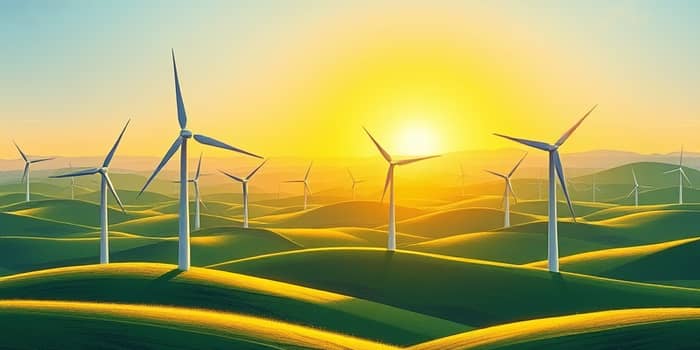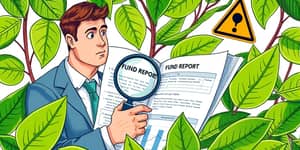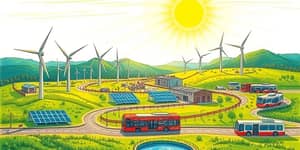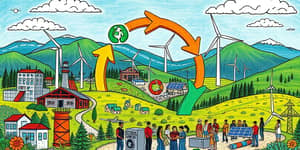
In an era where environmental stewardship and financial ambition converge, wind energy funds offer investors a unique pathway. By channeling capital into a sector that harnesses nature’s power, individuals can tap into sustainable returns and environmental impact while supporting a cleaner future.
The global wind energy landscape has undergone a dramatic transformation over the past decade. Experts project the market to expand from $126.77 billion in 2024 to $141.16 billion in 2025, reflecting a robust CAGR of 11.4%. By 2029, the sector is expected to exceed $219 billion, propelled by soaring demand for low-carbon electricity sources.
Installed capacity now tops 1,174 GW worldwide, and annual additions continue to climb. In 2024 alone, the industry welcomed 121 GW of new projects, demonstrating resilience and ambition even amid economic headwinds. As nations race to meet decarbonization goals, wind power stands at the vanguard of the renewable revolution.
Wind energy comes in two main flavors—onshore and offshore—each offering distinct advantages. Onshore wind dominates today, accounting for 93% of global capacity, thanks to lower costs and established infrastructure. Offshore wind, while representing only 7%, is the fastest-growing segment, with costs declining and new markets opening.
Investors seeking immediate cash flow may lean into onshore assets, whereas those with a long horizon can capitalize on offshore’s rapid maturation. Diversification across both segments helps mitigate site-specific risks and regulatory delays.
Innovation fuels wind’s momentum. The sector is embracing hybrid wind-solar power systems, AI-driven maintenance, and fully recyclable turbine designs. Robotics and drone inspections are reducing downtime, while next-generation blades are capturing more energy per rotation.
Policy frameworks amplify these technological strides. The U.S. Inflation Reduction Act and Infrastructure Investment and Jobs Act have unlocked lucrative production and investment tax credits, boosting project IRRs and encouraging private capital deployment. Similar incentives in the EU and China underpin long-term project pipelines.
Beyond clean power, wind energy is an economic engine. In 2022, new projects contributed $20 billion to the U.S. economy and generated over $2 billion in annual local tax and land-lease revenue. Nearly 150,000 Americans now work in the wind industry, with turbine technicians among the fastest-growing occupations nationwide.
Rural communities benefit from multi-use land leases, pairing agricultural or grazing activities with wind installations. This synergy fosters local acceptance and drives community ownership models, creating a sense of shared purpose and mutual prosperity.
For investors, dedicated wind energy funds and ETFs offer a convenient entry point. These vehicles typically allocate capital across developers, turbine manufacturers, and infrastructure operators, capturing value at multiple stages of the supply chain.
Maintaining a long-term perspective is essential. Short-term challenges—like inflation-driven cost increases and supply chain bottlenecks—can create volatility. Yet as global demand for clean energy triples by 2030, funds positioned in wind assets are poised to benefit from highest long-term growth potential.
No investment is without risk. Mature markets face permitting delays, grid constraints, and policy uncertainty. Offshore developers confront high upfront capital needs and extended project timelines. Climate variability can also affect wind patterns, introducing production risks.
Mitigation strategies include geographic diversification to smooth out regional headwinds, integrating storage solutions to balance intermittency, and favoring funds with experienced operators who navigate regulatory landscapes efficiently.
Wind energy funds embody the intersection of purpose and profit. By allocating capital toward a renewable powerhouse, investors can enjoy sustainable returns aligned with decarbonization goals while contributing to a healthier planet.
As technology continues to advance and policy frameworks solidify, the sector’s fundamentals remain strong. For those seeking to build a resilient, forward-looking portfolio, wind energy funds represent a compelling opportunity—one where financial growth and environmental stewardship rise on the same breeze.
References













